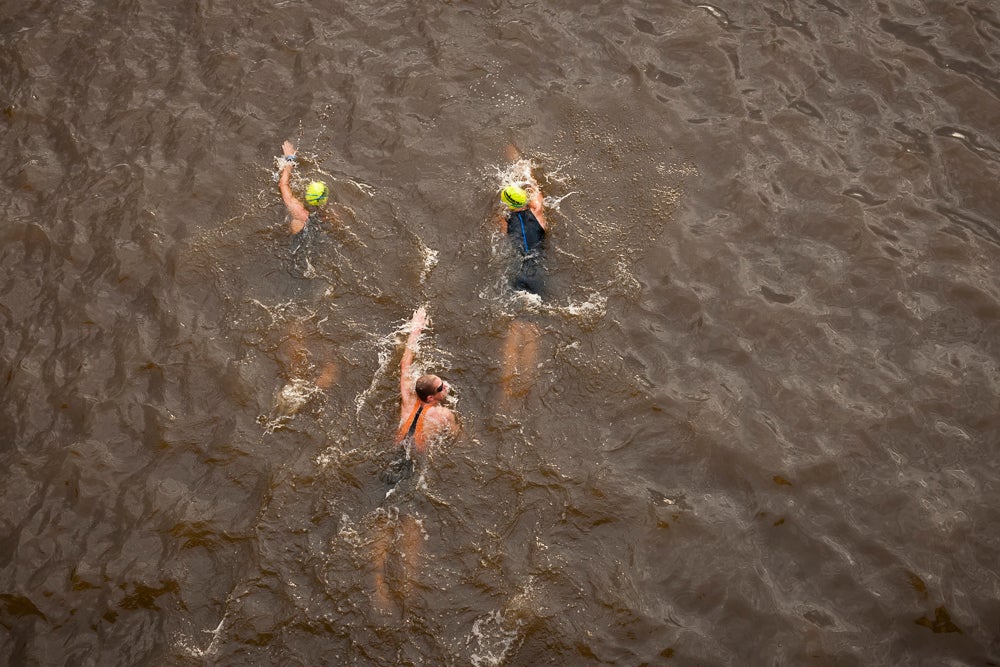Don't Let Age Slow You Down

Photo: John David Becker
As I was pedaling as fast as I could in the middle of Ironman 70.3 Eagleman, a strong-looking fellow blew by. I glimpsed the number on his calf as he charged ahead. “You just got totally dusted by a 59-year-old,” I said to myself.
When he and several others from his wave also passed me, it made me think: Am I getting weaker or are these guys getting stronger?
There are two main variables to consider when looking at aging and athletic ability: cardiovascular capacity and functional strength. The stronger the heart, the more blood gets pumped out to the lungs and muscles, and the more cardiovascular capacity an athlete has. This number determines the VO₂max, the maximal amount of oxygen that the body can exchange over a specific time.
Functional strength, the strength generated by muscle groups, determines the power an athlete can generate. The greater the functional strength, the more power and speed the athlete will have.
After age 25, both the cardiovascular capacity and functional strength variables start to decline. This starts slowly, a little bit each year—and then accelerates quicker in the 50s, 60s and 70s.
If that is true, why was I getting my butt kicked by a 59-year-old? The answer: These guys are fighting their physiology by doing a few key things:
1. Lactate threshold training. As an athlete ages, hitting the same VO₂max is impossible, but he or she can push their lactate threshold at any age with interval training. Pushing your cardiovascular limit and then returning to baseline several times per workout helps the body to better tolerate longer periods of exercise.
2. Functional strength training. I’m a huge fan of plyometric-based strength training. The muscles can gain strength at any age. Fighting the natural process of muscle atrophy only occurs with hard work. Strength training sessions twice per week, in addition to regular triathlon training, results in improved power and functional strength.
3. Regular medical care. Seeing your doctor for regularly scheduled visits is important for everyone. Athletes are generally healthier but are still prone to the everyday problems of aging.
Jordan D. Metzl, M.D., is a nationally recognized sports medicine specialist at Hospital for Special Surgery in New York City. Dr. Metzl is a 29-time marathon runner and nine-time Ironman finisher. His new book is titled The Athlete’s Book of Home Remedies. Drjordanmetzl.com
RELATED: Evolve Your Training For Your 40s, 50s And 60s
Join in the conversation about everything swim, bike and run. “Like” us on Facebook.